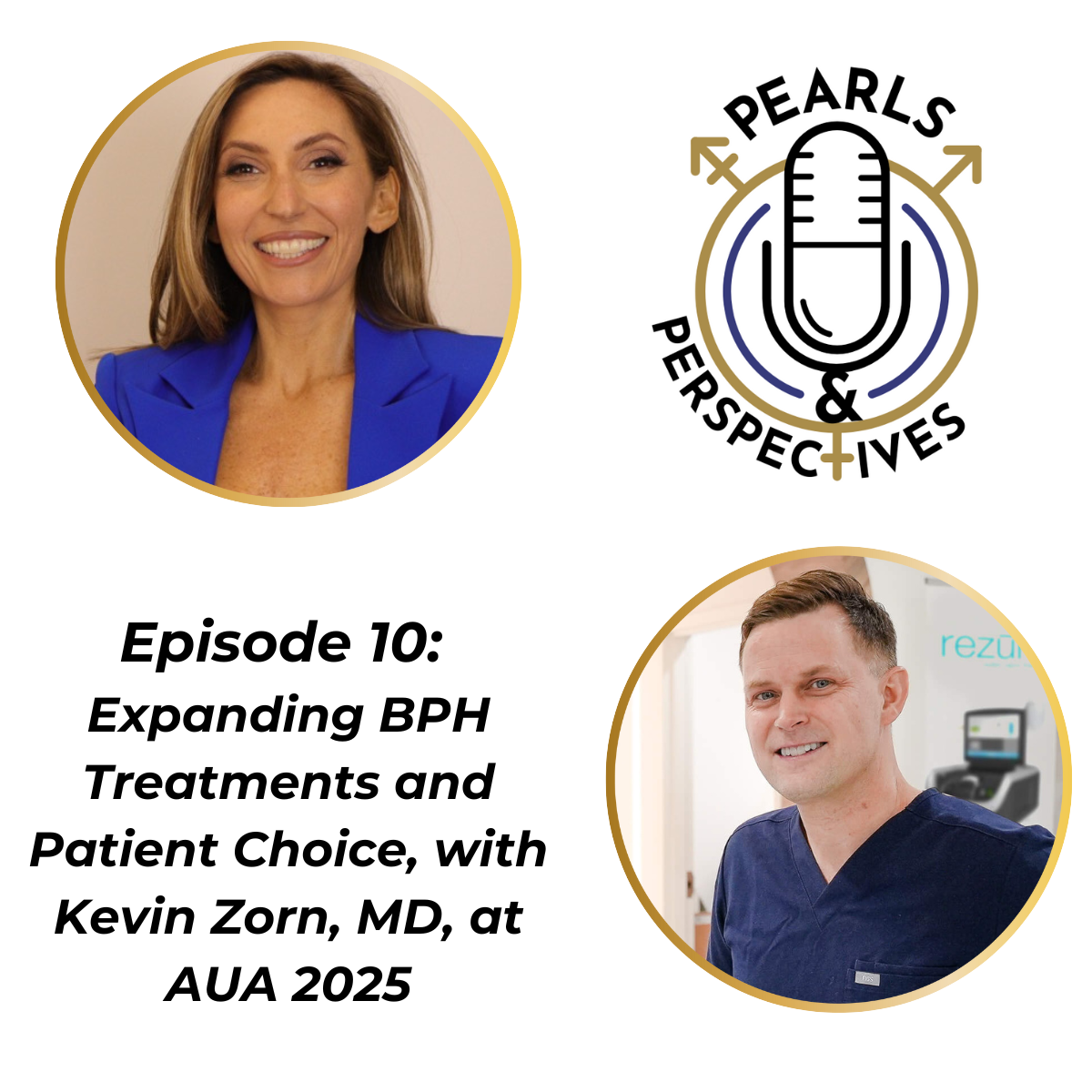News
Article
Real-world outcomes with nadofaragene point to safety, efficacy of NMIBC treatment
Author(s):
Key Takeaways
- Nadofaragene firadenovec shows high efficacy in BCG-unresponsive NMIBC, with 79% achieving complete response at 3 months.
- The study reported a favorable safety profile, with no grade 4-5 adverse events and no treatment discontinuations due to adverse events.
The investigators reported that there were 24 evaluable patients with CIS with/without papillary disease, of whom 79% had a CR at 3 months.
The first reporting of real-world data for nadofaragene firadenovec-vncg (Adstiladrin) indicate that the non–muscle invasive bladder cancer (NMIBC) treatment yields positive efficacy and safety outcomes, investigators reported at the 2025 American Society of Clinical Oncology Genitourinary Cancers Symposium in San Francisco, California.1
At a median follow-up of 7.3 months, 16 of 19 patients (84%) still had CRs.

Nadofaragene firadenovec was FDA approved in 2022 for the treatment of patients with high-risk BCG-unresponsive NMIBC with carcinoma in situ (CIS) with or without papillary tumors.
“However, real-world post-marketing efficacy or safety data remain lacking,” wrote the authors in their abstract.
For their study, the investigators conducted a retrospective analysis of patients with BCG-unresponsive NMIBC who received treatment with nadofaragene firadenovec at 3 Mayo Clinic sites between November 2023 and December 2024. Complete response (CR) rate, duration of response (DOR), high-grade recurrence-free survival (HGRFS), cystectomy-free survival (CFS), and adverse events (AEs) comprised the study outcomes.
A total of 46 patients received treatment with nadofaragene firadenovec during the study; 3 of these patients had not yet undergone follow-up cystoscopy. “Thus 43 patients were efficacy-evaluable, [whereas] 46 were evaluable for safety/AEs,” the authors wrote in their poster.
In the 43 efficacy-evaluable patients, the median age was 71.0 years (interquartile range [IQR], 67.0-77.5 years), median Elixhauser Comorbidity index was 5 (IQR, 3-6), and median number of prior BCG instillations was 12 (IQR, 9-15). Of the patients, 63% had received prior intravesical chemotherapy, and 26% had received prior pembrolizumab. Median time to NMIBC diagnosis to nadofaragene firadenovec instillation was 33.0 months (IQR, 17.5-56.0 months).
The investigators reported that there were 24 evaluable patients with CIS with/without papillary disease, of whom 79% had a CR at 3 months. The median DOR was not reached. In addition, at a median follow-up of 7.3 months, 16 of 19 patients (84%) still had CRs. The Kaplan-Meier-estimated DOR at 6 months was 100% and at 9 months was 75%.
Thirteen of 19 (68%) patients with papillary disease were recurrence free at 3 months. Ten of 13 (77%) patients remained recurrence free at a median follow-up of 8.9 months, the investigators reported. CFS was 95% at an overall median follow-up of 8.2 months, and OS was 100% at the same follow-up.
Three patients experienced progression: 1 progressed from Ta to T1, 1 progressed from CIS to T2, and 1 progressed from Ta to metastatic.
The investigators reported that the most common AEs included grade 1-2 bladder spasms (61%) and failure to retain nadofaragene firadenovec for a full hour (33%). A total of 4 patients experienced a grade 3 AE. No grade 4-5 AEs were reported, and no patients discontinued nadofaragene firadenovec treatment due to AEs.
In the 43 efficacy-evaluable patients, 79% (95% CI, 68-92), 66% (95% CI, 53-82), and 51% (95% CI, 36-72) were free from high-grade recurrence at month 3, 6, and 9, respectively.
“Understanding real-world outcomes in patients with BCG-unresponsive NMIBC is essential for informing how we approach treatment and deliver care. These initial encouraging post-marketing results provide valuable insights into the benefits of using Adstiladrin in everyday clinical practice, allowing providers to make more informed decisions and deliver the best possible care for patients,” said study principal investigator Mark D. Tyson II, MD, MPH, urologic oncologist and associate professor, Mayo Clinic, Scottsdale, Arizona, in a news release about the study.2
REFERENCES
1. Moyer JA, Durant A, Nguyen M, et al. Real-world outcomes of nadofaragene firadenovec in BCG-unresponsive non-muscle invasive bladder cancer. J Clin Oncol. 2025;43(suppl 5). Abstract 70. doi:10.1200/JCO.2025.43.5_suppl.716
2. First real-world outcomes data for Adstiladrin (nadofaragene firadenovec-vncg) to be presented at 2025 ASCO Genitourinary Cancers Symposium. News release. Ferring Pharmaceuticals. February 12, 2025. Accessed February 14, 2025. https://www.businesswire.com/news/home/20250211294420/en/First-Real-World-Outcomes-Data-for-ADSTILADRIN%C2%AE-nadofaragene-firadenovec-vncg-to-be-Presented-at-2025-ASCO-Genitourinary-Cancers-Symposium
















